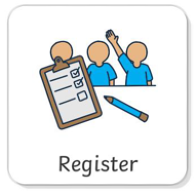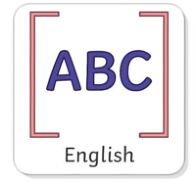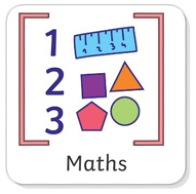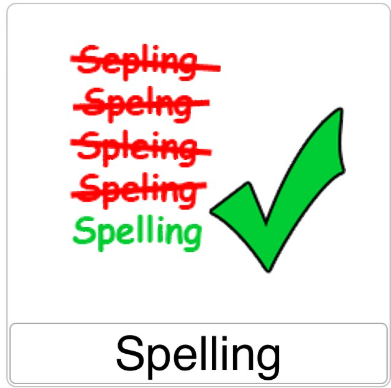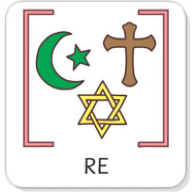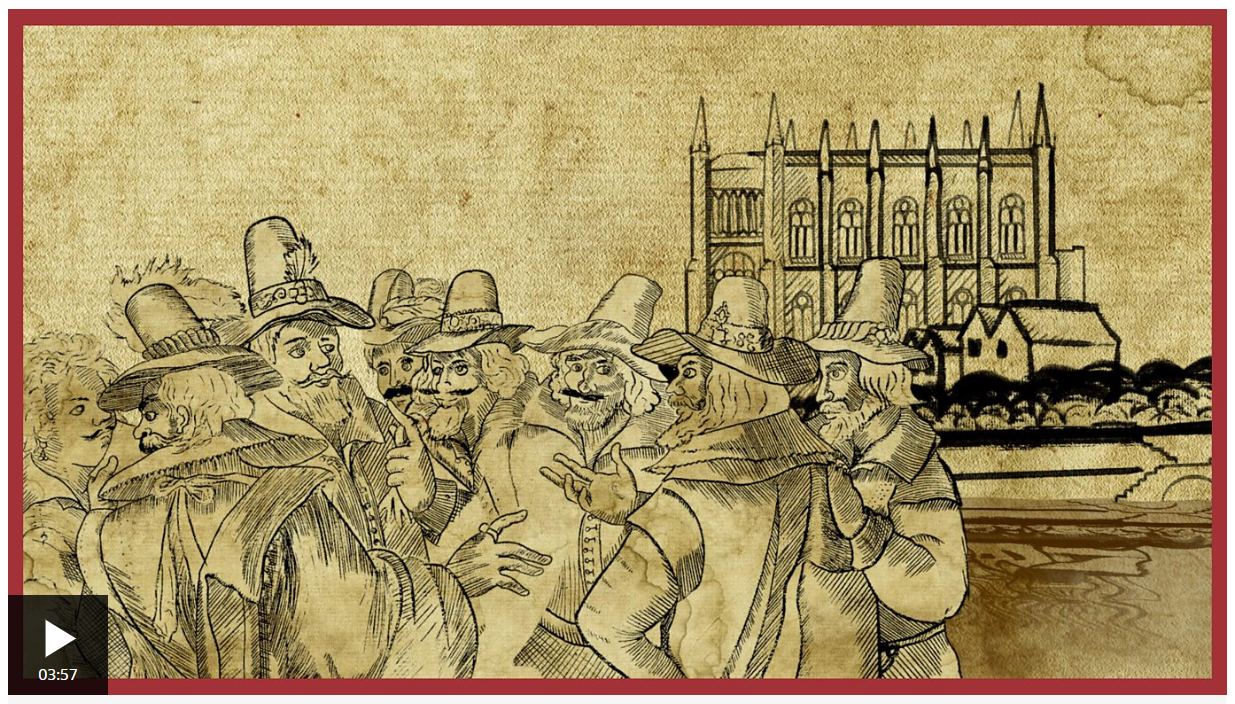Friday
What strategies can you use to calculate these quickly?
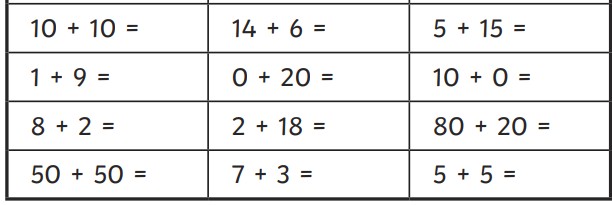
RIC

R

I

C

Friday 8th November 2025
Draw inferences around characters’ thoughts, feelings, actions and motives, and justify with evidence from the text.
Reading a playscript is slightly different to reading a story. Each character says their own words in their own way. As we read through this playscript, think about what the characters' words and actions tell the reader about them and how the playwright gives us more information about them.
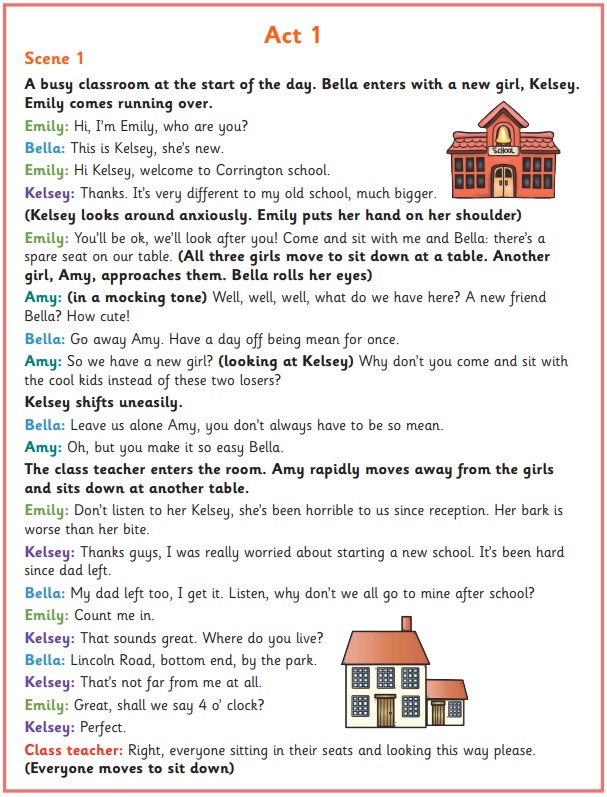
What does the text tell us about the character Amy?
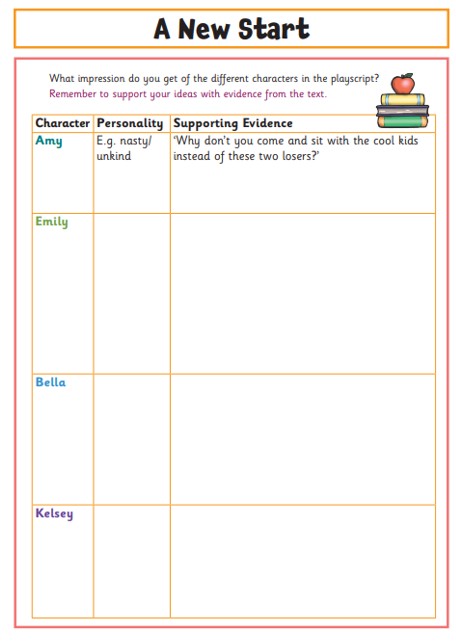 Now complete the table for the other characters.
Now complete the table for the other characters.
Adaptive task
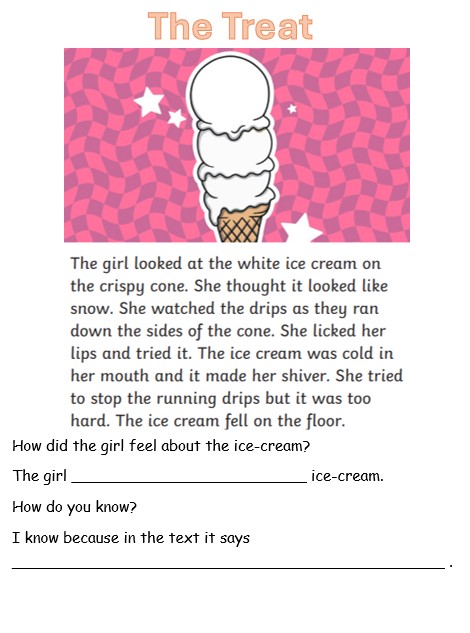
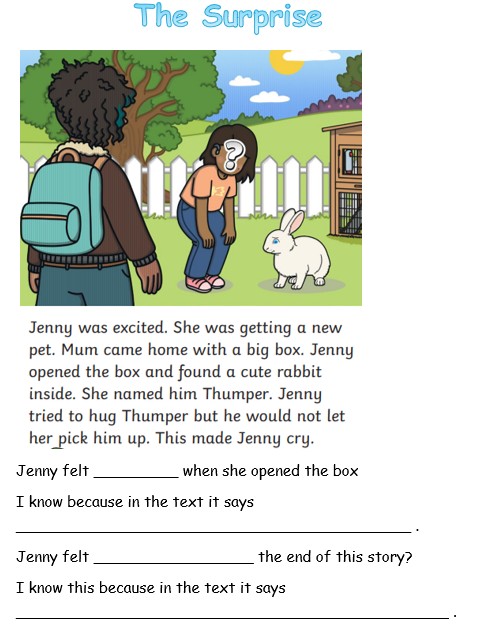
Friday 7th November 2025
LC: To demonstrate active reading strategies to describe characters.
Grammar: Improve

Close reading- Chapter 2.
Task: Remember to follow closely as you will be copy cat reading the teacher model.
Task: Following our close reading we will be retrieving key information about the character's of Cordilia, Rumaysa and Zabina the Owl for our working wall. You should be writing some notes on each character to share with the class.
New vocabulary:
straw
spindle
melody
captive
annoyance
aching
pry
elope
cascaded
permanently
misfortune
laced
consumed
immortal
07.11.25
Be able to multiply by 12


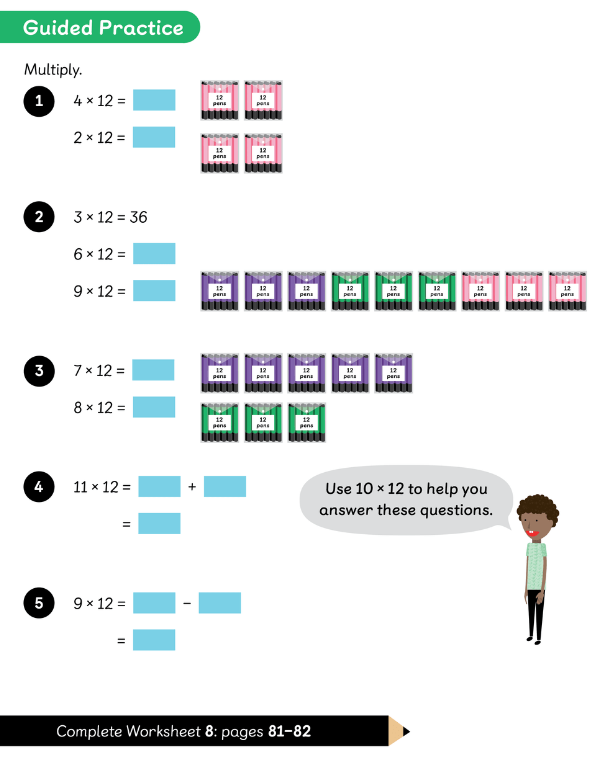
Review
Blankety Blank
Choose one word to complete the sentence.
unfair unexpected unfamiliar unequal unfold
uncomfortable unfortunate undecided uncover unusual
It is _______ that my brother has a bigger slice of cake than me!
Write the sentence in your Spelling Journal.
Learning
Use whichever of these Sticky Word Strategies you prefer to help you learn the correct spelling of the words underneath.
Read, Turn, Write, Check Colourful Words
Sticky Note Spelling Triangle Words
actually answer believe century decide earth enough breathe complete different favourite important
Practise and apply
Super Sentence Spellers
Write the sentences I dictate. Take care to spell correctly all of the words we have been practising this week.
Friday 7th November 2025
LC: To identify morals in fables.
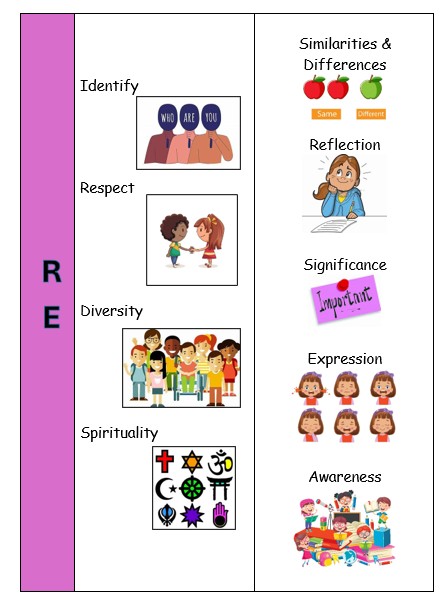
Why do fables have morals or lessons?
Fables, also known as short stories for kids, are based on fictional characters, which are usually animals. Almost all fables and short stories for kids have morals or lessons.
This is to teach children and other listeners the difference between right and wrong and to teach them about acceptable behaviours and manners.
In summary, these are the characteristics of a fable and short stories for kids:
- All fables are fictional.
- Fables are short and usually have a few characters involved.
- The characters found in fables are usually animals with human attributes.
- There is always a lesson or moral to be taught and learned from fables.
How do fables help you learn better?
Every fable or short story has a valuable lesson to be learned, which can be carried through each child’s life. The lessons taught through short fables with morals help children develop their discernment and judgement skills.
The fictional animal characters that are found in fables can help children identify errors and faults that human beings have in their characteristics and behaviours. This may not be easy to recognise and identify in human characters.
Fable stories about animals with a moral lesson
These fable stories about animals with moral lessons have been spread amongst children for hundreds of years, and are still used to this day to share valuable life lessons.
Task:
In your own words explain what the word moral means:
The word moral means
Next, read the short fables below and explain the moral of each fable in your own words.
us e 309 the boy who cried wolf story powerpoint ver 3.pdf
t t 11538 the tortoise and the hare powerpoint ver 5 2 .pdf
t t 14251 the lion and the mouse powerpoint 2 .pdf
Bonfire Night:
- What are other names for Bonfire Night?
- What did the plotters plan to happen on 5 November 1605?
- Why did the plot fail?
- What do the fireworks of modern day celebrations represent?
- What are the words of the rhyme associated with Bonfire Night?
- What are four rules we should all remember on Bonfire Night?




